SOURCE: IDRW.ORG TEAM
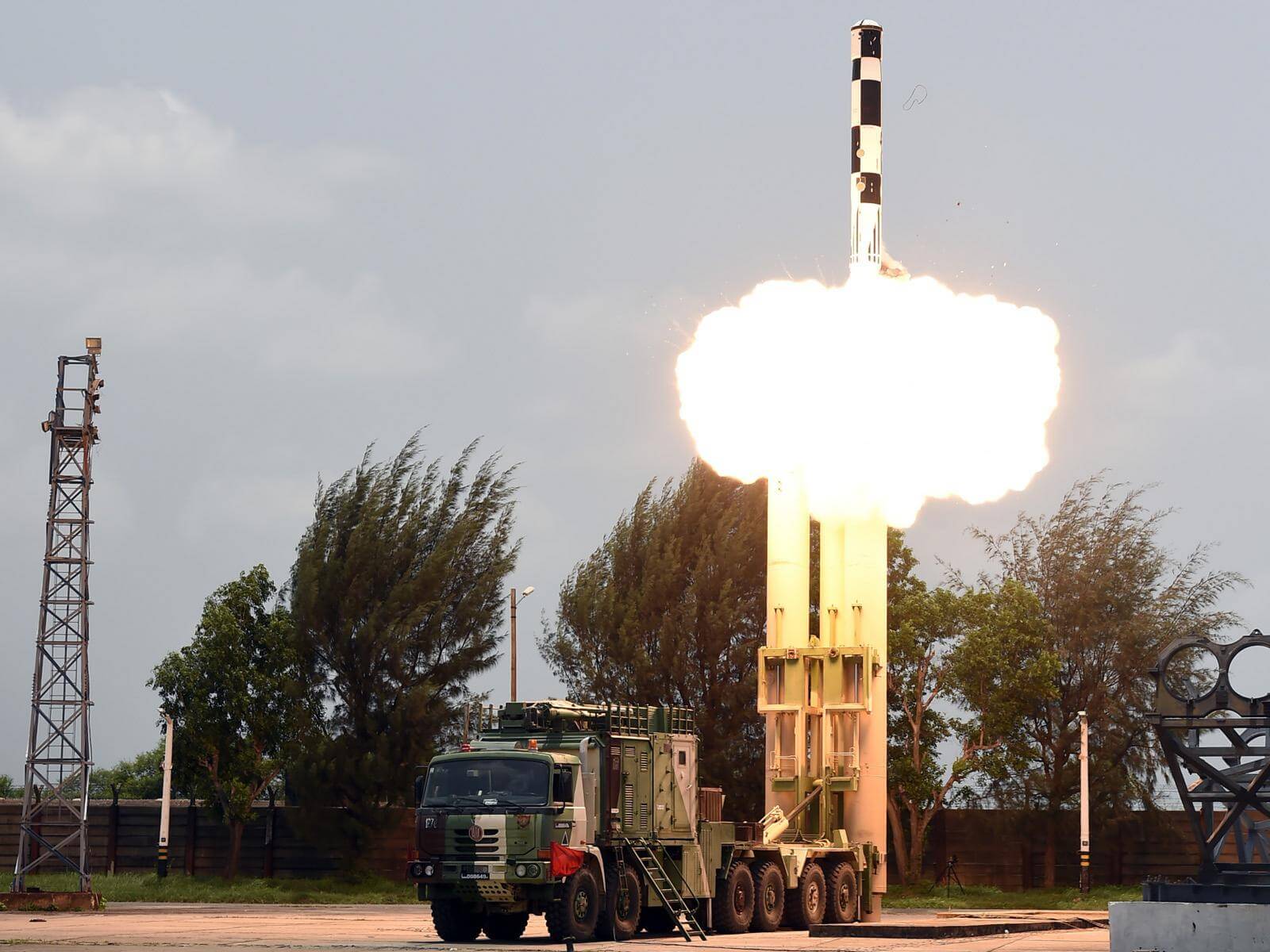
A recent report from Usman Haider, a research assistant at the Strategic Vision Institute in Islamabad, Pakistan, highlights the potential impact of the enhanced-range BrahMos missile on the deterrence equation between India and Pakistan. The extended-range BrahMos (BrahMos ER) has the capability to complicate the existing deterrence dynamics in the region.
India has been actively seeking precision strike systems to execute counter-force strikes, and the BrahMos ER is seen as a continuation of these efforts. This advanced missile system provides India with the strategic ability to strike targets deep within Pakistan’s territory. Its features, including maneuverability and high speed, make it challenging to intercept, adding a new dimension to the deterrence equation.
Continue readingSOURCE: RAUNAK KUNDE / NEWS BEAT / IDRW.ORG

The Indian Navy is currently grappling with a missile procurement challenge, prompting it to consider the induction of the SCALP Naval missile system as a temporary solution. Developed by MBDA Systems, the SCALP Naval missile is a long-range, sea-launched, surface attack, stand-off cruise missile that has been successfully deployed by the French Navy on its Scorpene class submarines. However, this temporary measure may be necessary because India’s indigenous cruise missile program is still several years away from production.
The Indian Navy has unique requirements when it comes to striking offshore targets, including military and economic infrastructures. Long-range cruise missiles are essential for these operations, and the Indigenous Long-Range Land Attack Cruise Missile (LRLACM) program is seen as a viable solution. However, this indigenous program faces delays, making the induction of the SCALP Naval missile a potentially practical interim measure.
Continue readingSOURCE: RAUNAK KUNDE / NEWS BEAT / IDRW.ORG
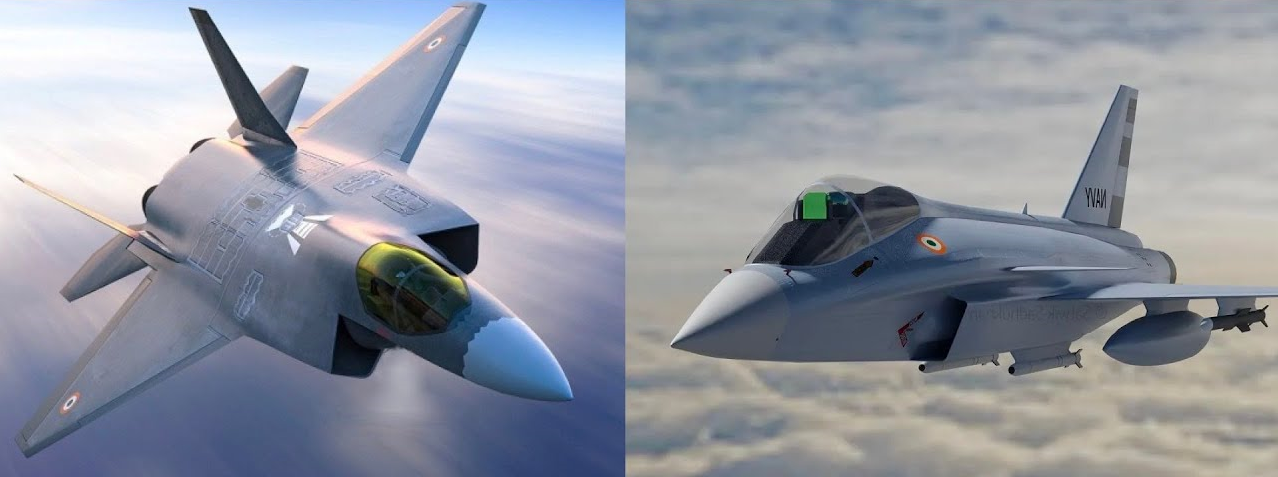
The Indian Navy’s Twin Engine Deck Based Fighter (TEDBF) program is poised to achieve a groundbreaking level of commonality with the Indian Air Force’s (IAF) 5th generation Advanced Medium Combat Aircraft (AMCA) program. This strategic move emphasizes the nation’s commitment to efficient resource utilization and technological synergy.
The TEDBF program is set to adopt nearly 60 per cent of the components and systems that are being developed for the AMCA program. This high degree of commonality between the two programs will result in significant benefits, including reduced development costs, streamlined logistics, and enhanced maintenance efficiency.
Continue readingSOURCE: RAUNAK KUNDE / NEWS BEAT / IDRW.ORG

The Indian Army and Indian Air Force are set to procure 16 MQ-9B SkyGuardian Remotely Piloted Aircraft Systems (RPAS), which will come equipped with Electronic Warfare and Airborne Early Warning sensor payloads. These high-altitude, long-endurance (HALE) unmanned aerial vehicles (UAVs) will be stationed in North India to monitor the Line of Control (LOC) and Line of Actual Control (LAC) with both China and Pakistan.
The MQ-9B SkyGuardian is designed to provide extended flight capabilities, with the ability to fly over the horizon via satellite for over 40 hours in various weather conditions. It is engineered to safely operate in civil airspace, offering real-time situational awareness for joint forces and civil authorities, day or night.
Continue readingSOURCE: IDRW.ORG TEAM
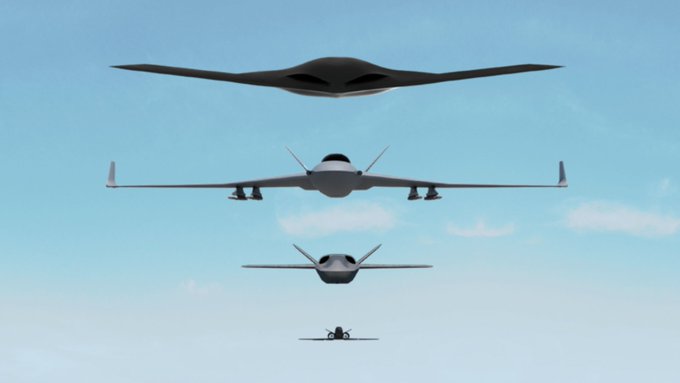
General Atomics Aeronautical Systems, Inc., a renowned aerospace and defense technology company, is on the verge of securing substantial orders from India for the acquisition of 31 of its MQ-9B SkyGuardian and SeaGuardian High-Altitude, Long-Endurance (HALE) Class Unmanned Aerial Vehicles (UAVs). The company is also keen to foster further collaboration on newer Remotely Piloted Aircraft (RPA) systems and work closely with the Indian Armed Forces.
General Atomics is looking to present a diverse array of cutting-edge RPA systems to the Indian Army and Indian Navy. These offerings include the Mojave and MQ-9B STOL platforms, which enable short takeoff and landing from unimproved surfaces, enhancing operational flexibility. The company is also set to introduce the Gambit Series of autonomous collaborative platforms, which expand tactical employment options for pilots. Additionally, General Atomics offers a line of Air-Launched Effects designed to deliver potent stand-off capability with stand-in performance, effectively transforming battlefield operations.
Continue readingSOURCE: IDRW.ORG TEAM

The ongoing conflict between Israel and Hamas has raised concerns worldwide, but officials have assured that it will not affect the supplies of Unmanned Aerial Vehicles (UAVs) ordered by the Indian armed forces. Nor will it impact ongoing projects to upgrade older Israeli origin equipment.
The Indian Army and Navy have recently placed orders for four Hermes 900 drones using emergency financial powers. These medium altitude long endurance drones will be manufactured in India by Adani Elbit at a facility in Telangana. This facility has a proven track record, having already delivered on export orders.
Continue readingSOURCE: RAUNAK KUNDE / NEWS BEAT / IDRW.ORG
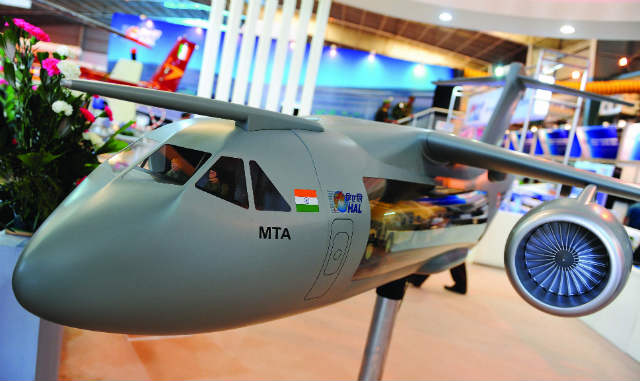
The Indian Air Force (IAF) is in the process of conducting a comprehensive evaluation to determine the requirements for the procurement of 80-100 Medium Transport Aircraft (MTA) that will serve as replacements for the ageing fleet of over 100 Soviet-era An-32 Transporters. These replacements are expected to enter service from 2030 onwards. HAL (Hindustan Aeronautics Limited), India’s state-owned aerospace and defence company, is eagerly awaiting the results of this evaluation to understand the specific load-carrying capabilities desired by the IAF.
Earlier this year, the IAF issued a Request for Information (RFI) that outlined a rather vague load-carrying capacity requirement of 18-27 tonnes. This left room for ambiguity, as only two of the three aircraft on offer met this criterion. However, the recent acquisition of the C-295 from Airbus by the IAF, which falls into the same category as the An-32, suggests that the MTA may require a load-carrying capacity of over 30-35 tons. This, in turn, could lead to only one transporter qualifying, which is the A400.
Continue readingSOURCE: RAUNAK KUNDE / NEWS BEAT / IDRW.ORG
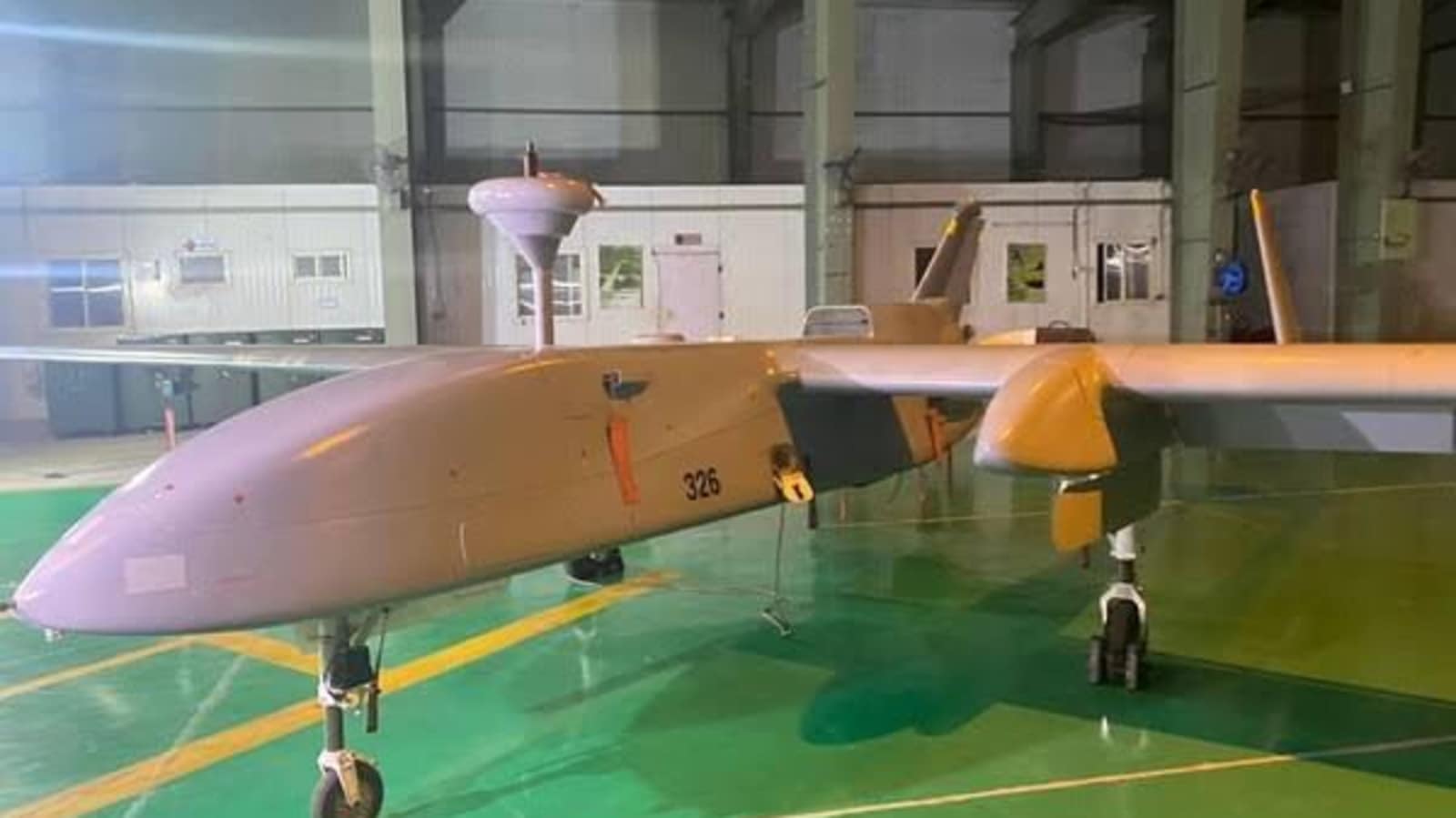
In a strategic shift, India has decided to forego plans to arm its fleet of Israeli Heron Unmanned Aerial Vehicles (UAVs) and will instead focus on enhancing their communication capabilities by integrating satellite connectivity. This shift in approach is aimed at improving the endurance and overall functionality of these UAVs.
Initially, India had been pursuing Project Cheetah, a comprehensive upgrade initiative for the Heron UAVs used by the Indian military. Project Cheetah was structured to unfold in two phases, with each phase addressing critical aspects of the UAV’s capabilities.
Continue readingSOURCE: RAUNAK KUNDE / NEWS BEAT / IDRW.ORG
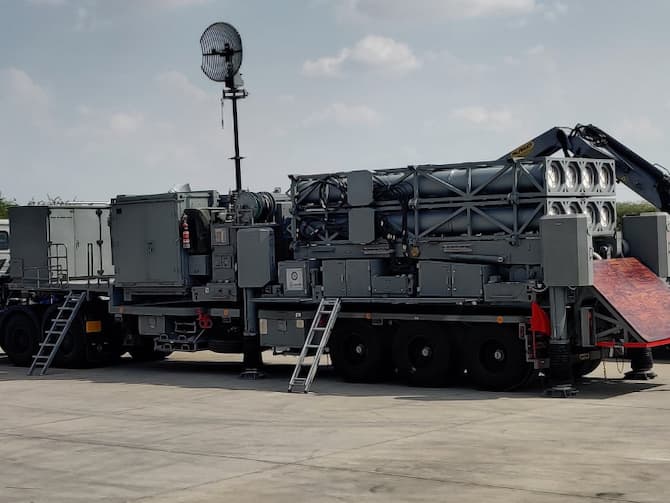
Bharat Electronics Limited (BEL), a key player in India’s defence sector, is preparing to enhance the localization content for the Indo-Israeli Medium Range Surface-to-Air Missile (MR-SAM) program. This move is driven by expectations of substantial orders from the Indian Air Force (IAF), which is planning to procure nine MR-SAM squadrons, comprising a total of 2,000 Barak-8 missiles next year.
The MR-SAM program is a joint venture between India and Israel, resulting in a highly capable interceptor missile system designed to neutralize aerial threats within a range of 70-90 kilometres. This system has already been inducted by the Indian Army, Indian Air Force, and Indian Navy, demonstrating its critical role in enhancing India’s air defence capabilities.
Continue readingSOURCE: IDRW.ORG TEAM

India is currently facing a critical challenge as it addresses significant delays in the delivery of F404 engines manufactured by General Electric (GE) Aerospace. These engines power the Light Combat Aircraft (LCA) Tejas-Mk IAs fighter jets, and their timely delivery is essential to meet the delivery schedules of the these indigenous fighter aircraft that will commence from February 2024 onwards.
General Electric (GE) Aerospace has been a longstanding supplier of F404 engines for India’s Tejas program. To date, the company has delivered 75 F404 engines to Hindustan Aeronautics Limited (HAL), the state-owned manufacturer of the Tejas, since start of the Program in late 80’s. However, a critical order for 99 F404-GE-IN20 engines, featuring enhanced thrust, was placed in 2021 Valued at $716 million with deliveries expected to commence from August of the current year, but till November it has happened yet.
Continue readingSOURCE: IDRW.ORG TEAM
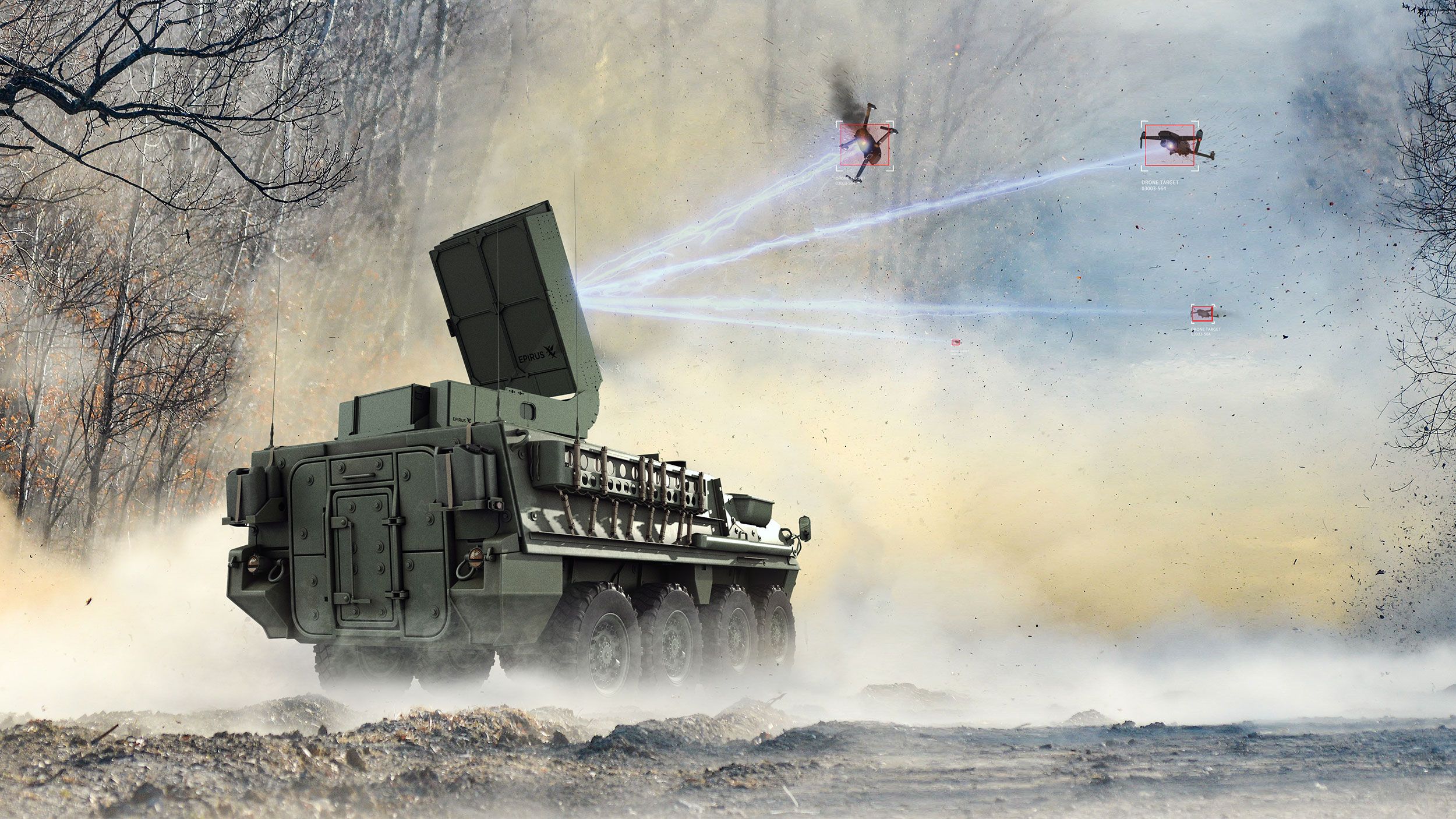
Recent conflicts in the region have witnessed the evolution of drone swarms as a potent threat, prompting India to adapt and innovate in its defense strategy. The Defence Research and Development Organisation (DRDO) is at the forefront of these efforts, aiming to develop a high-power microwave system to counter the growing menace of drone swarms.
Drone swarms have emerged as a formidable tool in modern warfare, capable of inflicting substantial damage and posing significant challenges to traditional defense mechanisms. As these threats become more prevalent, the Indian Armed Forces have taken proactive steps to address the issue.
Continue readingSOURCE: RAUNAK KUNDE / NEWS BEAT / IDRW.ORG
India’s ambitious upgrade program for its fleet of Russian-origin Sukhoi-30MKI fighter jets, known as the “Super-30” project, has seen significant progress. While Russia initially stayed out of the upgrade package, India’s determination to replace major systems and components with indigenous designs has not gone unnoticed. As the project moves forward, Russia is extending offers of advanced weaponry for the modernized Su-30MKIs.
The “Super-30” upgrade program aims to replace 51 major systems and components in the Sukhoi-30MKI with Indian-designed counterparts, effectively stripping most of the Russian systems from the aircraft. This initiative represents a crucial step toward reducing India’s dependence on foreign suppliers for its defence needs.
Continue readingSOURCE: RAUNAK KUNDE / NEWS BEAT / IDRW.ORG

BrahMos Aerospace, a formidable India-Russia Defense Joint Venture, marked a significant milestone on May 31, 2023, by celebrating ’25 Supersonic Years of Success’ during the ‘BRAHMOS Users Meet 2023.’ This momentous occasion highlights the enduring legacy of the BrahMos cruise missile, known for its supersonic speed and unparalleled effectiveness. Despite being in service for a quarter of a century, BrahMos continues to be a challenging missile to intercept, and the makers are confident that it will maintain its superiority for the next two decades.
BrahMos, a collaborative effort between India’s DRDO and Russia’s NPOM, remains a technological marvel. Its supersonic speed, flying at Mach 3, makes it a formidable weapon that poses a significant challenge to modern interceptor missiles and air defence systems. The missile’s ability to fly at low altitudes, maneuver skillfully, and strike both sea and land targets further complicates interception attempts. It is no wonder that BrahMos has earned a reputation for being difficult to intercept.
Continue readingSOURCE: RAUNAK KUNDE / NEWS BEAT / IDRW.ORG

The Indian Army is set to bolster its offensive capabilities with the procurement of 500 HELINA Anti-Tank Guided Missiles (ATGMs). The Defence Acquisition Council (DAC) had earlier approved the acquisition of these missiles, along with launchers and associated support equipment, to be integrated into the Advanced Light Helicopter (ALH).
The integration of HELINA ATGMs into the ALH is a significant step towards weaponizing these helicopters for countering enemy threats. These missiles will enhance the Army’s offensive capabilities and provide a valuable asset for anti-tank warfare.
Continue readingSOURCE: IDRW.ORG TEAM

The Indian Air Force (IAF) is actively exploring partnerships with the private sector to develop innovative inflatable and modular sun shelters that are set to play a vital role in its operational readiness and versatility. These versatile shelters are designed to cater to the unique requirements of the IAF during various operations, offering a flexible and adaptable solution for equipment protection and office workspace.
The need for such inflatable/modular shelters arises from the sensitivities associated with the equipment utilized by combat units during off-base operations. These shelters are intended to provide critical environmental protection for mobile elements and systems, including radar, missile systems, weapon storage, and aircraft. Additionally, they serve as functional workspaces and equipment shelters at off-base sites, ensuring that the IAF’s operational needs are met even away from established airbases.
Continue reading